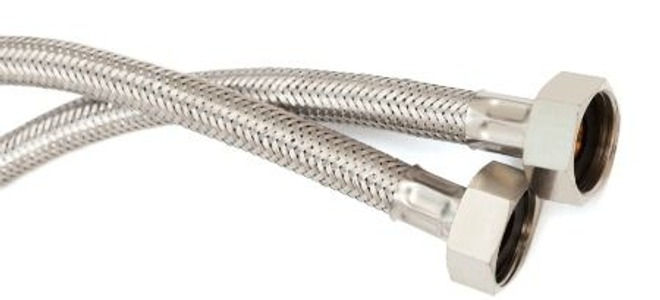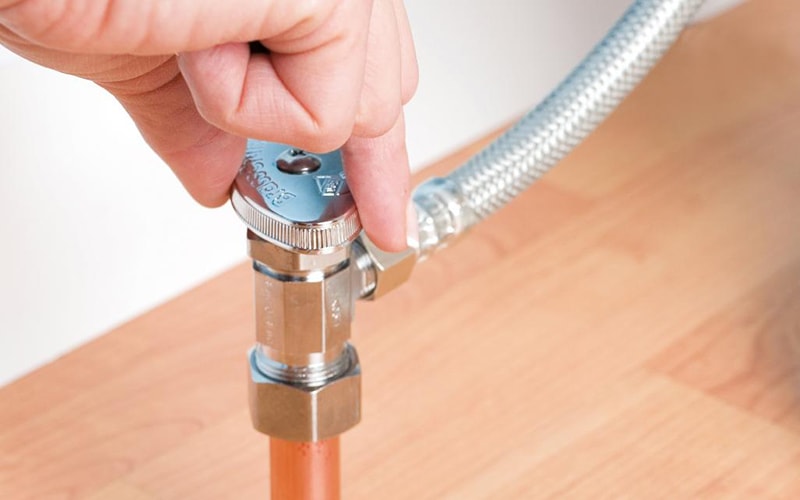The drain is the essential part of a kitchen sink that allows water and other liquids to flow out of the sink and into the pipes. It is usually located at the bottom of the sink and is connected to the plumbing system. A good drain should be able to handle a large amount of water and debris without getting clogged.Drain
The strainer is a small but important component of a kitchen sink. It is typically placed in the drain to catch any food scraps or debris that may go down the sink. A strainer prevents these items from clogging the drain and causing plumbing issues. It is usually made of metal or plastic and can easily be removed and cleaned.Strainer
A garbage disposal is a motorized device that is installed underneath the kitchen sink. It is used to shred food waste into small pieces that can easily flow through the plumbing system. A good garbage disposal can save you from having to constantly empty your trash and can help keep your kitchen smelling fresh and clean.Garbage Disposal
The faucet is the most visible and frequently used part of a kitchen sink. It is responsible for controlling the flow of water from the sink. A good faucet should be durable, easy to use, and have a variety of settings for different water pressure and temperature. It is also important to choose a faucet that complements the style of your kitchen.Faucet
A sprayer is a secondary faucet that is installed next to the main faucet. It is typically used for tasks that require a strong, concentrated stream of water, such as washing dishes or filling pots. A sprayer is also useful for cleaning the sink and reaching difficult spots. It is important to choose a sprayer with a sturdy and flexible hose for ease of use.Sprayer
A soap dispenser is a convenient addition to any kitchen sink. It eliminates the need for a separate soap bottle on the counter and helps keep the sink area clutter-free. A soap dispenser is usually installed next to the faucet and can be filled with liquid or foaming soap. It is important to choose a durable dispenser that matches the style of your sink and faucet.Soap Dispenser
Mounting hardware refers to the nuts, bolts, and brackets that are used to secure the sink to the countertop. It is important to choose high-quality mounting hardware that can withstand the weight of the sink and any objects placed on it. This will prevent the sink from becoming loose and potentially causing water damage to the surrounding area.Mounting Hardware
The water supply lines are the pipes that connect the sink to the main water supply. They are responsible for bringing fresh water into the sink for daily use. It is important to choose water supply lines that are made of durable material and have proper fittings to prevent leaks and ensure a steady water flow.Water Supply Lines
The P-trap is a U-shaped pipe that is located under the sink and is essential for preventing sewer gases from entering the kitchen. It also traps debris and prevents it from clogging the plumbing system. A P-trap should be regularly cleaned to prevent unpleasant odors and maintain proper drainage.P-Trap
The drain basket is a removable strainer that sits in the drain and catches food scraps and debris. It is important to choose a drain basket that fits securely in the drain and is easy to remove and clean. It is also recommended to choose a basket with small holes to prevent smaller food particles from slipping through.Drain Basket
The Importance of Choosing the Right Parts for Your Kitchen Sink

The Sink: A Central Part of Your Kitchen Design
 The kitchen sink is an essential part of any kitchen, serving as a focal point for both design and functionality. It is where we wash our hands, clean our dishes, and prepare our meals. When it comes to designing a kitchen, it is crucial to choose the right parts for your sink to ensure both aesthetic appeal and practicality. In this article, we will explore the different parts of a kitchen sink and their importance in creating a well-designed and functional kitchen.
The kitchen sink is an essential part of any kitchen, serving as a focal point for both design and functionality. It is where we wash our hands, clean our dishes, and prepare our meals. When it comes to designing a kitchen, it is crucial to choose the right parts for your sink to ensure both aesthetic appeal and practicality. In this article, we will explore the different parts of a kitchen sink and their importance in creating a well-designed and functional kitchen.
The Sink Bowl: Shape and Size Matters
 The sink bowl is the main component of the sink, and its shape and size play a significant role in the overall design. The most common sink bowl shapes are rectangular, square, and round, each offering its unique benefits. Rectangular sinks are ideal for larger kitchens, as they provide more space for washing and food preparation. Square sinks, on the other hand, are perfect for smaller kitchens, as they save space and offer a modern look. Round sinks are also suitable for smaller kitchens and can add a touch of elegance to the overall design. When choosing the size of your sink bowl, consider the size of your kitchen and your specific needs. A larger family may require a bigger sink bowl for more efficient cleaning, while a smaller household may opt for a smaller sink to save counter space.
The sink bowl is the main component of the sink, and its shape and size play a significant role in the overall design. The most common sink bowl shapes are rectangular, square, and round, each offering its unique benefits. Rectangular sinks are ideal for larger kitchens, as they provide more space for washing and food preparation. Square sinks, on the other hand, are perfect for smaller kitchens, as they save space and offer a modern look. Round sinks are also suitable for smaller kitchens and can add a touch of elegance to the overall design. When choosing the size of your sink bowl, consider the size of your kitchen and your specific needs. A larger family may require a bigger sink bowl for more efficient cleaning, while a smaller household may opt for a smaller sink to save counter space.
The Faucet: Functionality and Style
 The faucet is another crucial part of the kitchen sink, as it determines the functionality and style of the sink. When selecting a faucet, consider its reach and height to ensure it can accommodate your sink bowl size and design. Also, think about the number of handles you prefer, whether you want a pull-out sprayer, and the finish that will best complement your kitchen design. The faucet is not only a practical element but also a design feature, so choose one that fits your style and adds to the overall aesthetic of your kitchen.
The faucet is another crucial part of the kitchen sink, as it determines the functionality and style of the sink. When selecting a faucet, consider its reach and height to ensure it can accommodate your sink bowl size and design. Also, think about the number of handles you prefer, whether you want a pull-out sprayer, and the finish that will best complement your kitchen design. The faucet is not only a practical element but also a design feature, so choose one that fits your style and adds to the overall aesthetic of your kitchen.
The Drain: A Small but Important Component
 The drain may seem like a small and insignificant part of the kitchen sink, but it plays a crucial role in keeping your sink functional and free of clogs. A good quality drain will prevent food particles and debris from clogging your sink, ensuring efficient water drainage. There are various types of drains available, including traditional strainer drains, basket strainers, and garbage disposal drains. Choose the one that best suits your needs and complements your sink and faucet design.
The drain may seem like a small and insignificant part of the kitchen sink, but it plays a crucial role in keeping your sink functional and free of clogs. A good quality drain will prevent food particles and debris from clogging your sink, ensuring efficient water drainage. There are various types of drains available, including traditional strainer drains, basket strainers, and garbage disposal drains. Choose the one that best suits your needs and complements your sink and faucet design.
In Conclusion
 In conclusion, the parts of a kitchen sink are not only essential for their functionality but also for their impact on the overall design of your kitchen. It is crucial to choose the right sink bowl, faucet, and drain to ensure both aesthetic appeal and practicality. Consider your kitchen size, needs, and personal style when making these decisions, and your kitchen sink will be a beautiful and functional centerpiece of your kitchen design.
In conclusion, the parts of a kitchen sink are not only essential for their functionality but also for their impact on the overall design of your kitchen. It is crucial to choose the right sink bowl, faucet, and drain to ensure both aesthetic appeal and practicality. Consider your kitchen size, needs, and personal style when making these decisions, and your kitchen sink will be a beautiful and functional centerpiece of your kitchen design.


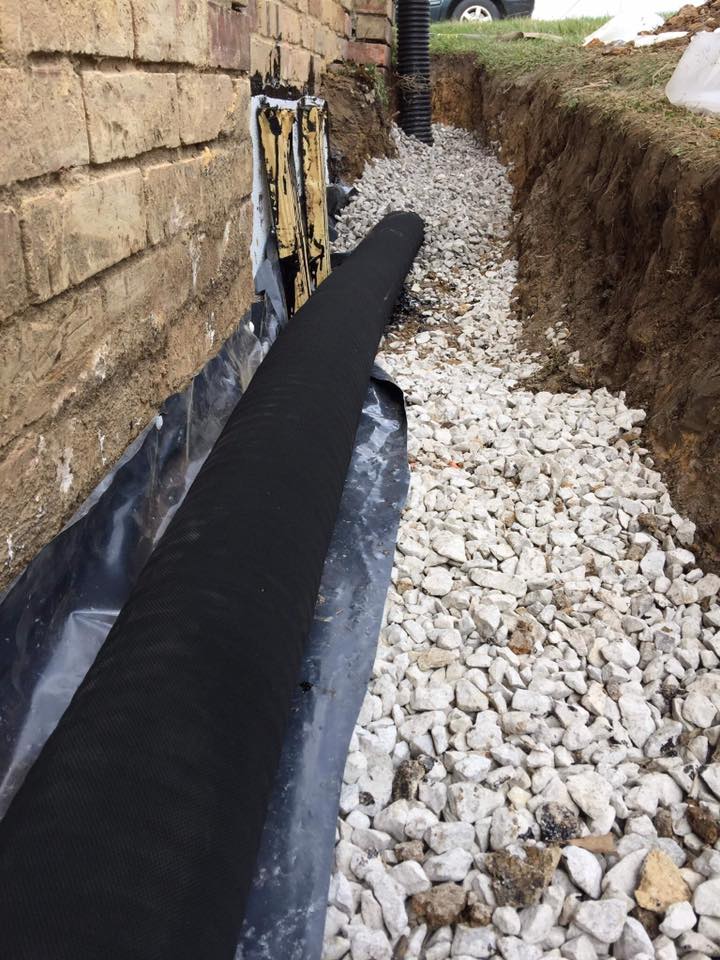

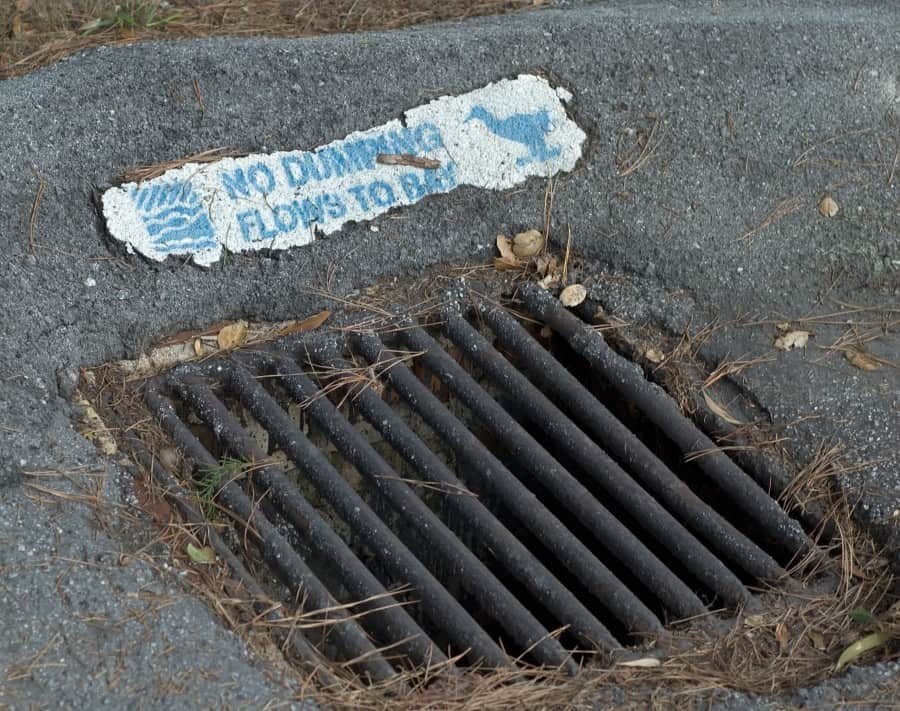



:max_bytes(150000):strip_icc()/YardDrain-fece28c29d6044e692d8974d567d1fcc.jpg)




/81NWXIOnxfL._AC_SL1500_-34b01bafb5c6442ab723fe0e50e61ab9.jpg)

















:max_bytes(150000):strip_icc()/garbage-disposal-installation-1824830-01-73cf0263b344447488ed8e15f7f2bc78.jpg)

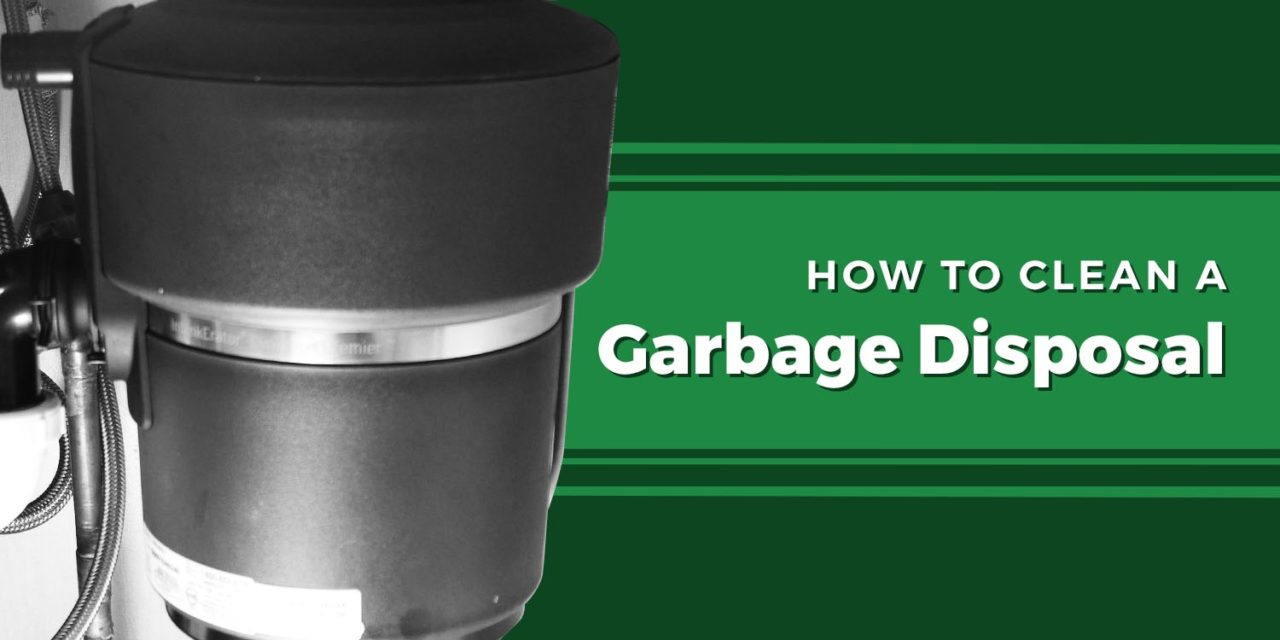










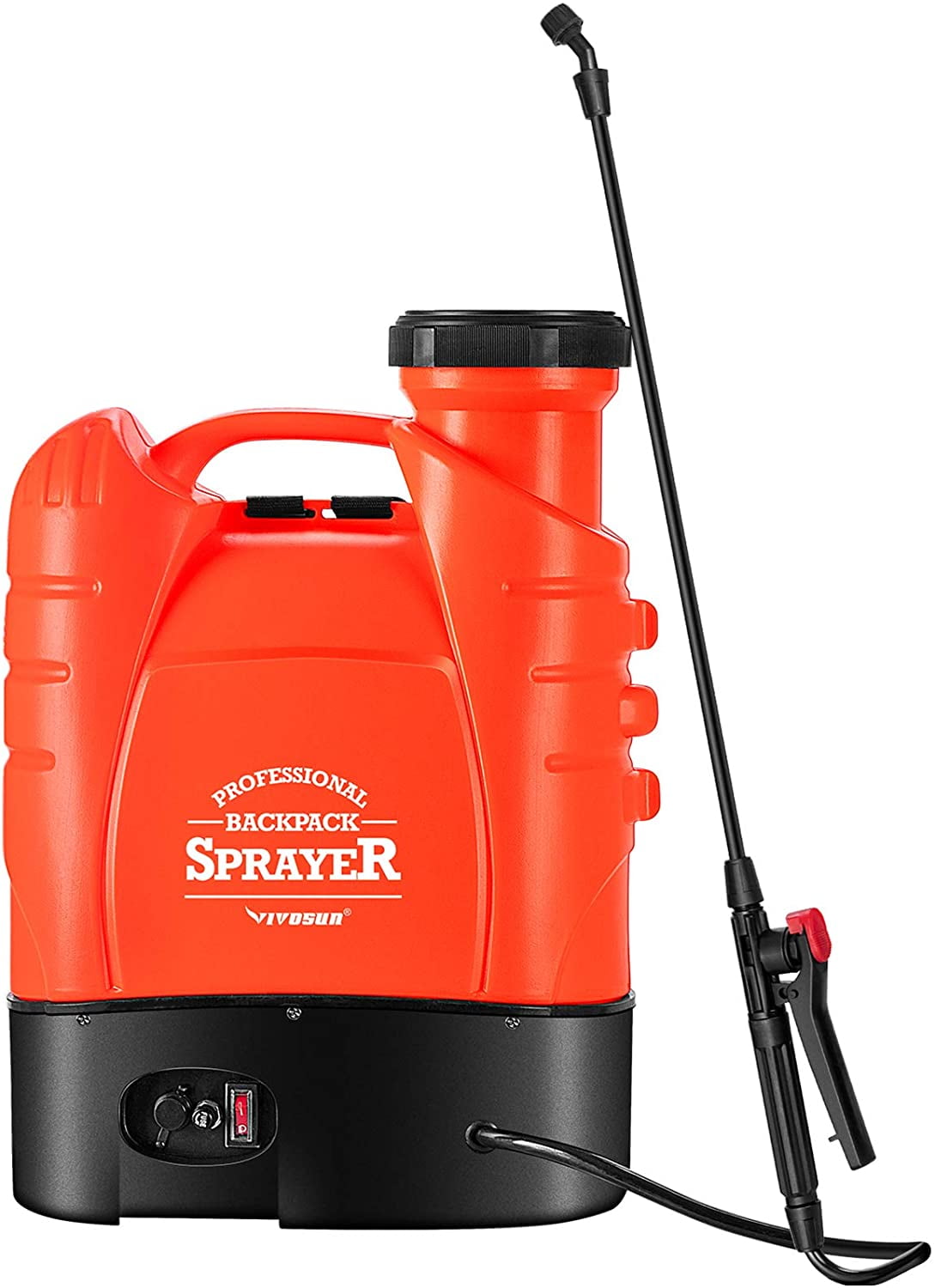









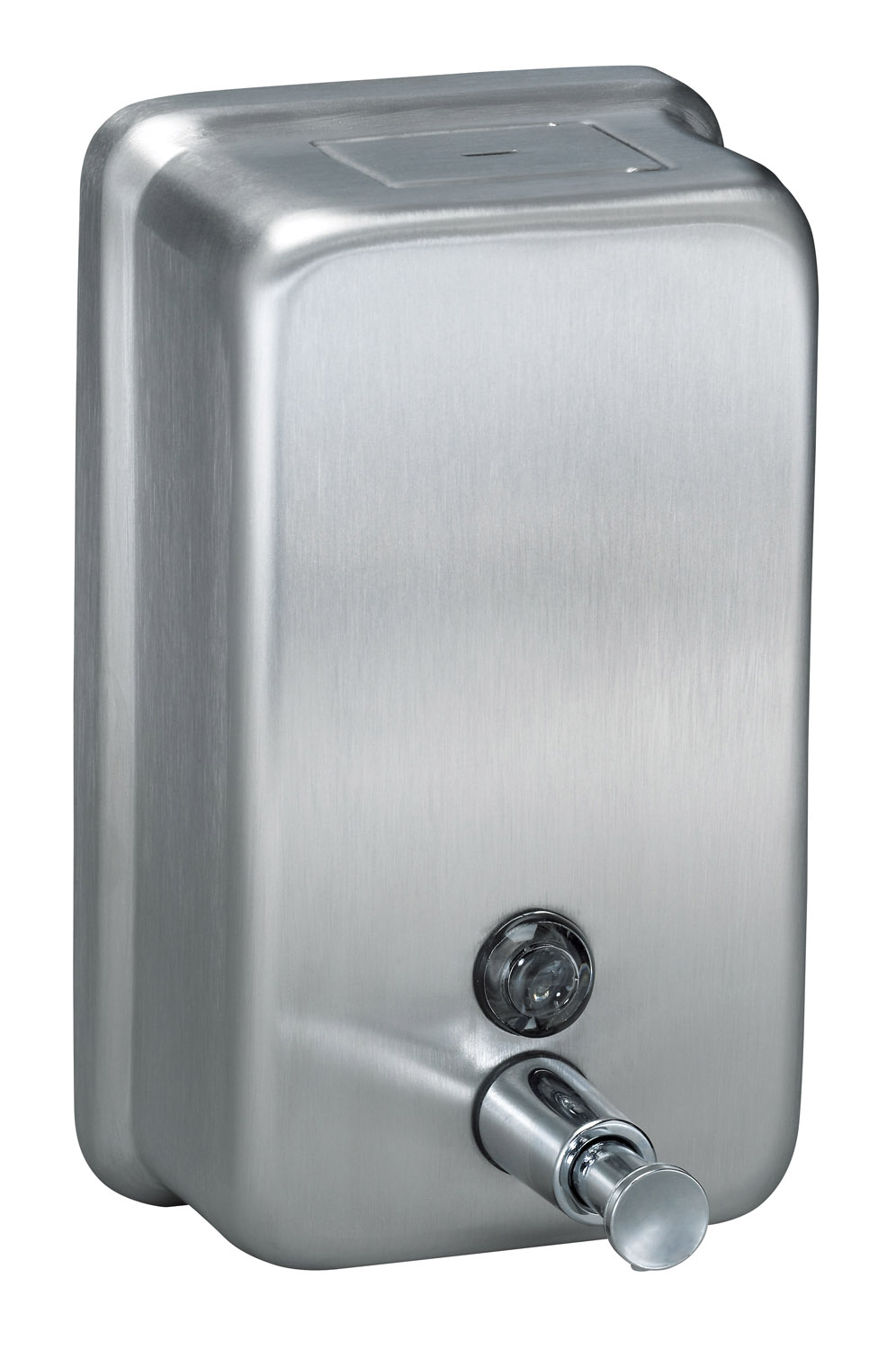






/Kitchensinksoapdispenser-GettyImages-91206440-59e82279054ad90011101a01.jpg)
















